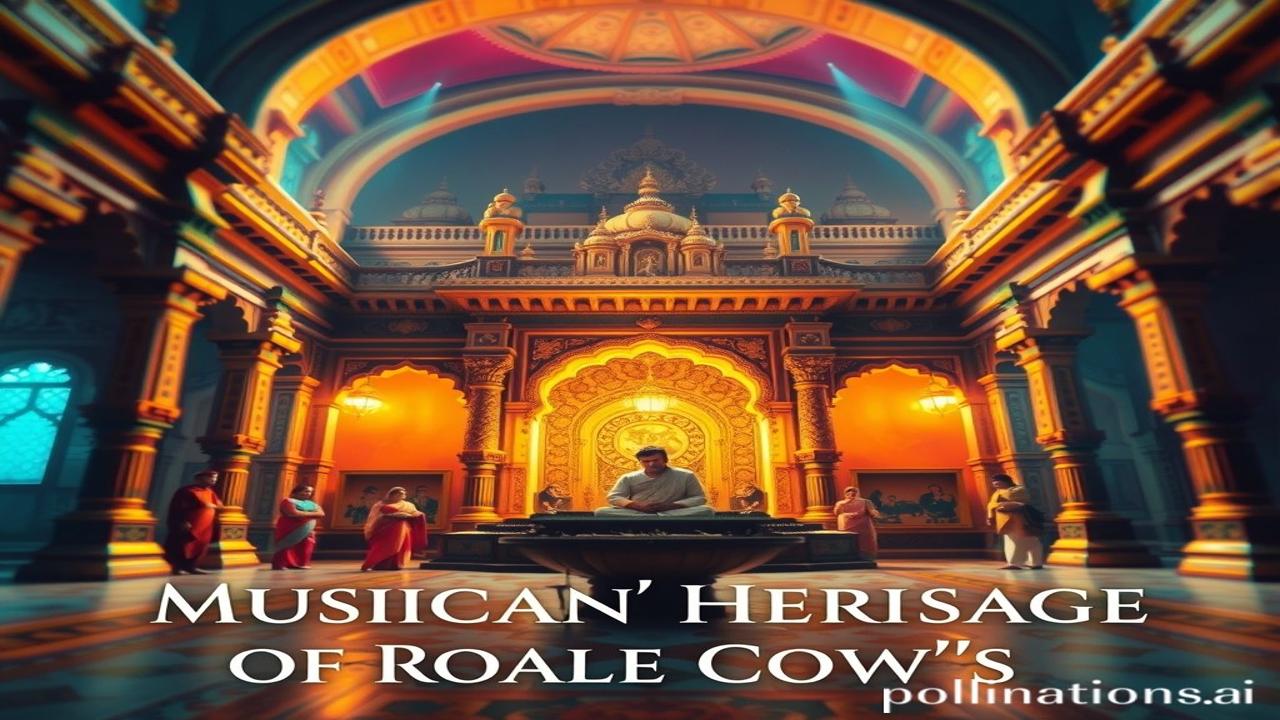Okay, let’s weave a tale of music and majesty!
Royal Courts of India: A Symphony of Power, Patronage, and Passion
Kabhi socha hai, jab raaja-raani darbaar mein baithe honge, toh kis tarah ke sur, kis tarah ke raag unke kaano mein goonjte honge? Have you ever wondered what kind of music, what kind of raagas, resonated in the ears of the kings and queens as they sat in their courts? The musical heritage of India’s royal courts is a rich tapestry woven with threads of power, patronage, passion, and a deep love for artistic expression. It’s a story that echoes through centuries, reminding us of a time when music wasn’t just entertainment; it was an integral part of life, a reflection of the kingdom’s soul.
Shuruwat: The Historical Stage is Set
Indian royal courts, from the Mauryas to the Mughals and beyond, were not just centers of political power, but also vibrant hubs of art and culture. Music, dance, drama, and poetry flourished under the patronage of the rulers. This tradition dates back to ancient times, with mentions of musical performances in the Natya Shastra and descriptions of elaborate royal orchestras in ancient texts.
Think of the Gupta period (circa 3rd-6th century CE), considered a golden age for Indian art and culture. Rulers like Samudragupta were not only mighty warriors but also skilled musicians, depicted playing the veena on their coins. The Mughal era saw the further blossoming of musical traditions, with emperors like Akbar being renowned patrons of the arts. Tansen, one of the ‘Navratnas’ (nine jewels) of Akbar’s court, remains a legendary figure in Hindustani classical music. Even in the Deccan Sultanates, distinct styles of music like the Deccan-i style emerged, blending Persian and Indian influences. All these kingdoms, spread across the subcontinent, fostered unique musical landscapes, contributing to the immense diversity of Indian classical and folk music. This wasn’t just about entertainment; it was about showcasing the ruler’s power, taste, and the prosperity of the kingdom.
Zameeni Sach: The Rhythms of Daily Life
Imagine walking through the bustling corridors of a royal court during the reign of Krishnadevaraya of the Vijayanagara Empire (16th Century). The air is thick with the scent of sandalwood and jasmine. As you approach the main hall, the sound of mridangam and veena grows louder.
“Ma Rukmini ne aaj naye kapde pehne, kyunki maharaj aaj ‘Karnataka Sangeeta’ ka ek vishesh sangeet samaroh rakh rahe hain,” whispers a maidservant. Ma Rukmini has adorned new clothes, because the king is hosting a special concert of ‘Karnataka Sangeeta’ (Carnatic music) today.
You see dancers preparing their costumes, their anklets jingling softly as they rehearse their steps. Musicians tune their instruments, their faces etched with concentration. The King, adorned in jewels, arrives and the court falls silent. The music begins, filling the hall with intricate melodies and powerful rhythms. It’s not just a performance; it’s a sacred offering, a conversation between the musician and the divine, a celebration of life itself. These moments were filled with artistry, tradition, and a deep sense of devotion to the royal patron who made it all possible.
Dharohar aur Pehchan: Echoes of the Past
The musical heritage of royal courts continues to resonate in India today. Carnatic and Hindustani classical music, the two major forms of Indian classical music, owe their development and preservation to the patronage of royal courts. Many of the gharanas (musical lineages) that exist today trace their origins back to these courts. We see remnants of this heritage in:
- Rituals: Temple festivals and religious ceremonies often incorporate classical music traditions that were nurtured in royal courts.
- Art and Architecture: Murals and sculptures in temples and palaces depict musical instruments and dance forms that were popular in royal courts.
- Festivals: Music festivals across India showcase classical music and dance performances, keeping the traditions alive.
- Language: Many of the lyrics in classical music compositions are in Sanskrit, Hindi, or regional languages, reflecting the linguistic diversity of the royal courts.
This rich musical legacy is an integral part of Bharatiyata (Indianness), connecting us to our past and shaping our modern identity. It reminds us of the importance of art, culture, and patronage in shaping a nation’s identity.
Mazedar Tathya: The Truth Behind the Ragas
Log samajhte hain ki saare raagas sirf entertainment ke liye the, lekin asli sach yeh hai ki kai raagas specific time of day or season se jude hue the. People think all raagas were just for entertainment, but the real truth is that many raagas were associated with specific times of day or seasons. For example, Raag Deepak was believed to have the power to ignite fire, and Raag Megh Malhar was said to bring rain! This association of music with nature and specific emotions highlights the deep understanding of the power of sound in ancient India.
Drishya aur Bhavnaen: A Sensory Symphony
Close your eyes. Imagine the scent of incense wafting through the air. The feel of cool marble beneath your feet. The echoing sounds of tabla and sitar blending into a harmonious whole. The sight of dancers twirling in vibrant silk costumes, their movements telling stories of gods and goddesses. This was the sensory experience of a royal court, a world where music was not just heard, but felt, smelled, seen, and lived.
Antim Vichar: A Timeless Melody
“Sangeetam paramatmana: naadamaya swarupam.” Music is the ultimate divine essence, embodied in sound and melody. The music of royal courts is more than just a historical artifact; it’s a living tradition, a testament to the power of art to transcend time and connect us to our shared human heritage. It’s a reminder that within each note lies a story, a history, and a deep connection to the soul of India.
